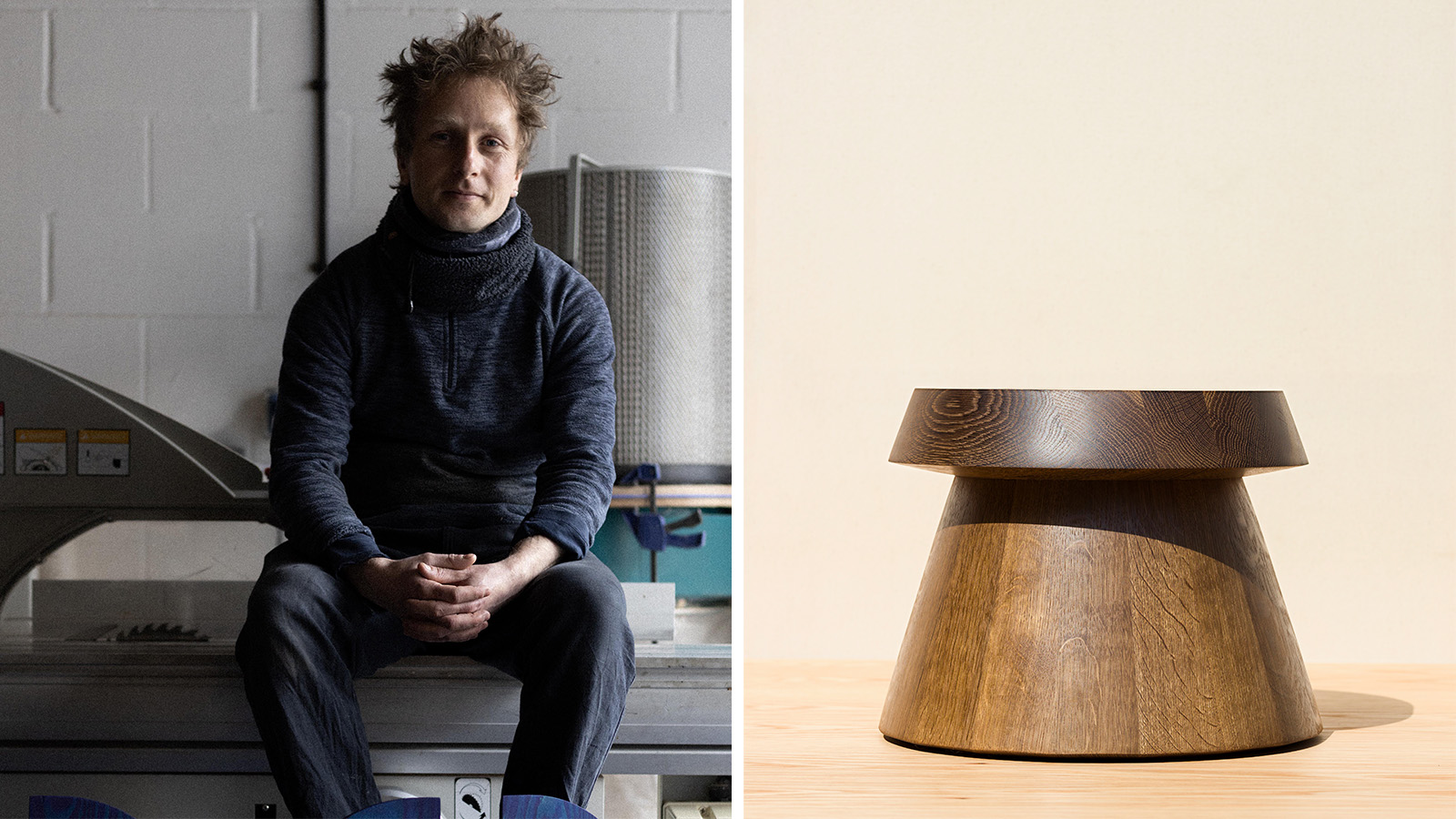
Conor Hacon, the founder of Common Design, an art and design studio based in east London, has always been drawn to risk. From jumping into setting up a theatre after university, to going back to his bookish roots to study architecture, ultimately it was woodworking that captured his eye for precision and need for detail.
The designer explained to Wallpaper*, ‘Unlike with metalwork, you can’t add matter back on to remedy a mistake; you have to be extremely sensitive to what your materials are inclined to do.’ Thanks to this meticulous attention to detail and tradition, the young studio now boasts an archive of furniture, including the latest ‘Hazelnut Collection’, displaying Hacon’s playful charm and character within his craft.
Get to know Common Design
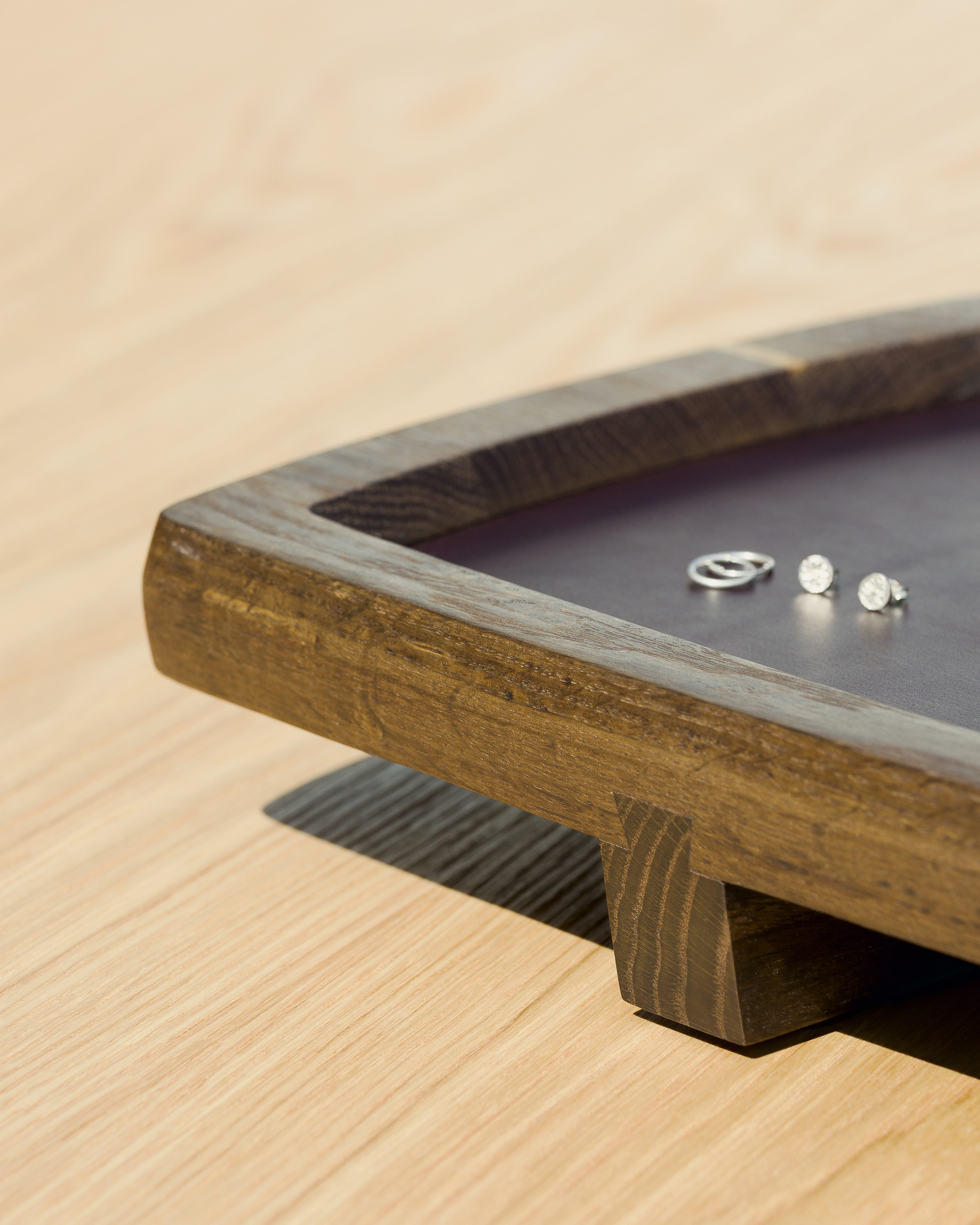
Hacon started out studying art at Goldsmiths in London, and worked alongside creative influences including painter Issy Wood. After dabbling in theatre production, followed by studying architecture at The Bartlett School of Architecture, he founded Common Design in 2021.
The name of the studio is a nod to one of Hacon’s heroes, William Morris, and the Arts and Crafts Movement. He tells Wallpaper*, ‘I would love my work to be viewed in that lineage, most particularly because of the joy [Arts and Crafts designers] found in rediscovering the traditional techniques and processes of the “common” craftsmen.’
He swiftly developed his own signature style, stripping the creative process back to basics, working with longstanding traditional timber, and creating furniture that lasts.
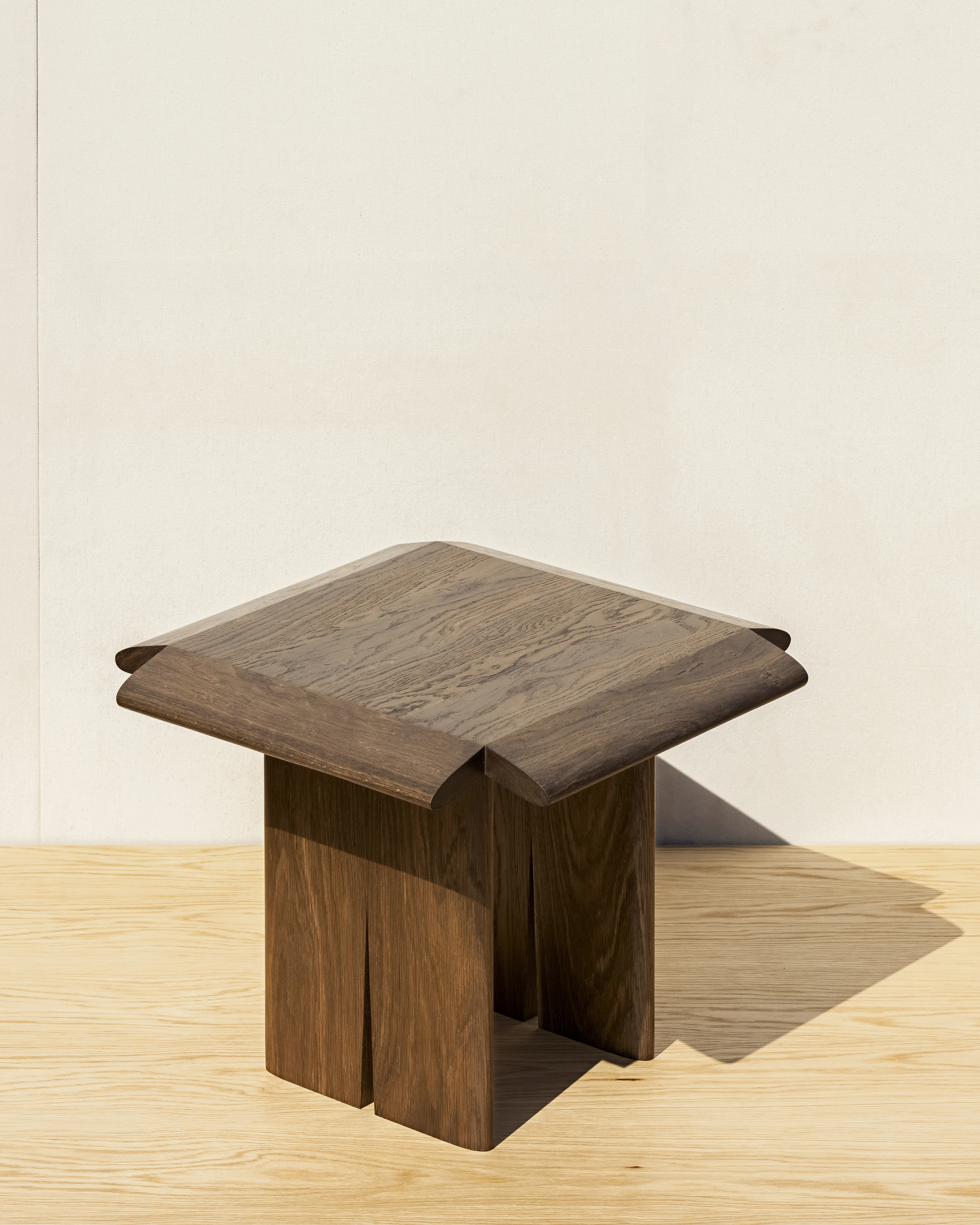
Working from his Common Design studio, Hacon hand-selects wood from local timber merchants, carefully choosing quality materials to play with. ‘[I] pay close attention to the initial visual impression, [but also] the feel, weight and texture,’ he says.
Good design should project a presence or character
Conor Hacon, Common Design
His furniture collections, particularly the 'Hazelnut Collection', are made with traditional woodworking techniques, including the use of drawbore mortise-and-tenon and sliding-dovetail joints. ‘Beyond the patience and care applied to construction, I think my design process makes the hallmark of my furniture its humane essence,’ Hacon says. ‘I start with drawings that are one-to-one scale, pencil on paper. But because I’m an awful draughtsman, this leads to an economy of expression in the final designs. I am always thinking about the potential of forms as an organic, creative process that takes place between the woodenness of my drawings, and the tendencies of certain materials to be shaped and manipulated.’
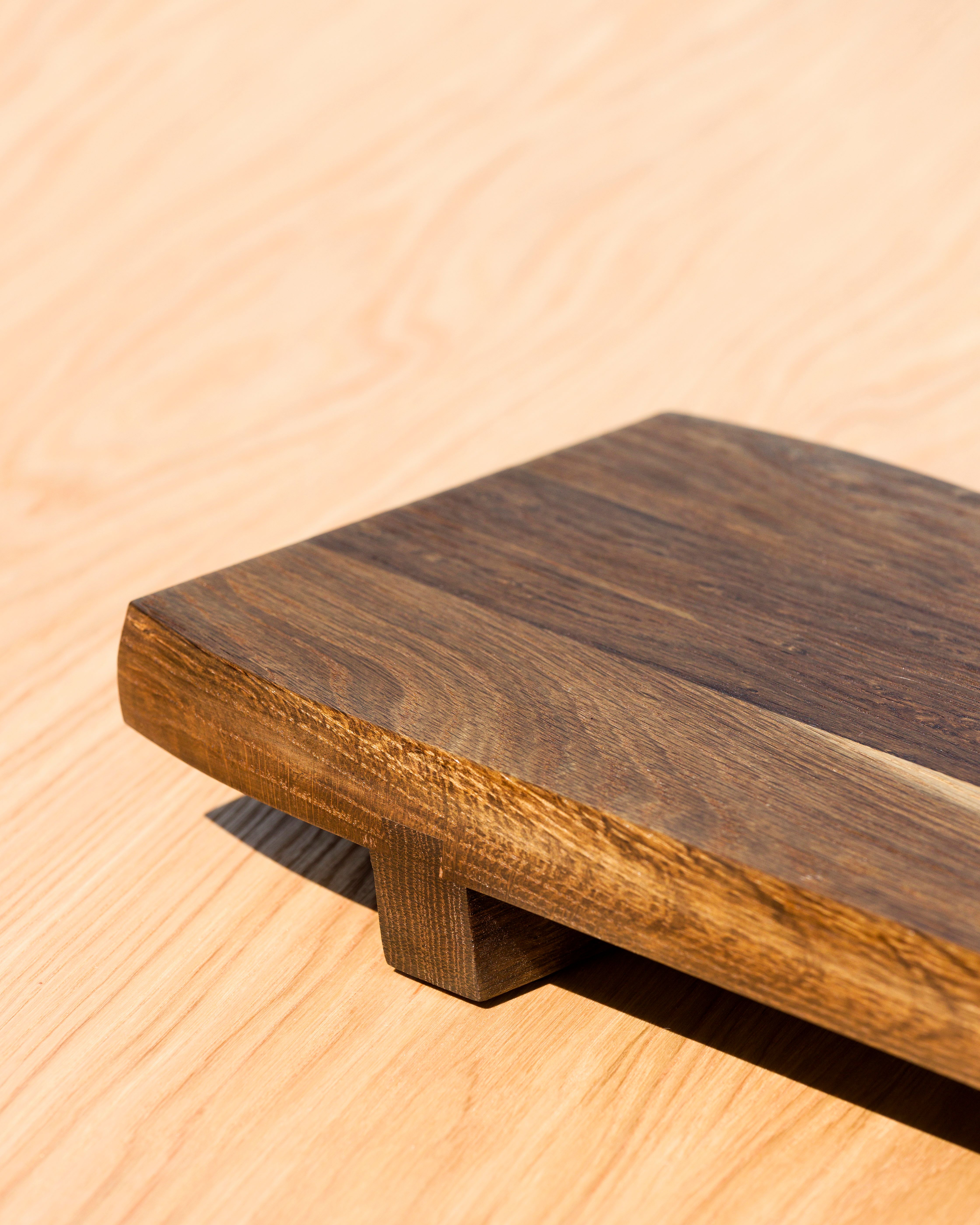
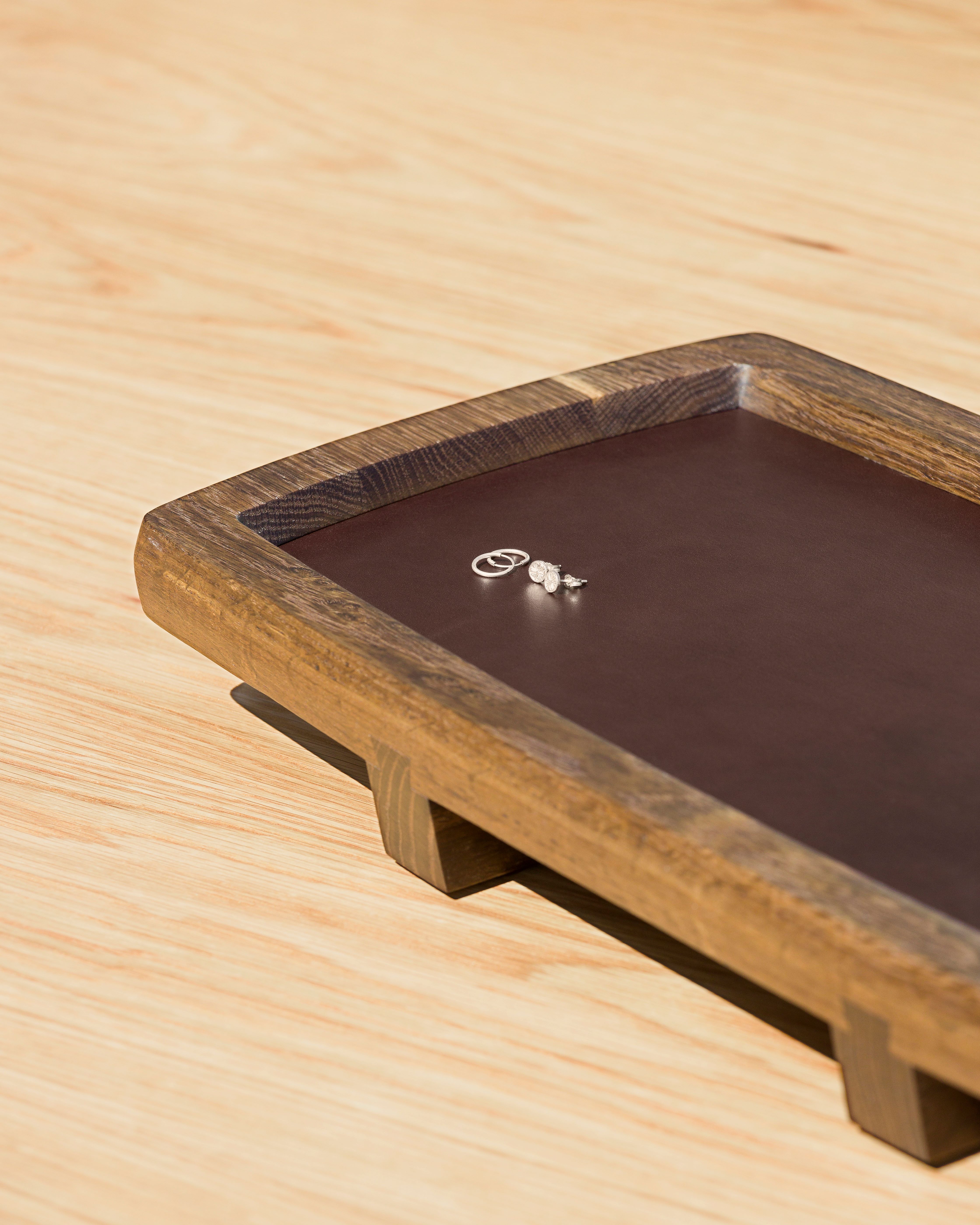
From small trinket boards to smooth stools, and polished chairs, furniture by Common Design injects personality into any space, an important characteristic that resonates with Hacon. ‘Good design should project a presence or character, and help modulate the mood of a space,' he says. 'Of course, an object that is built to last, using traditional techniques, also absorbs meaning and memory across its lifetime – as a gift, [a] legacy piece, or a conscious investment in how you intend to live. It becomes “part of the furniture” in the sense that it gradually earns its place in the history of your own aesthetic sensibilities, and perhaps those of your family.
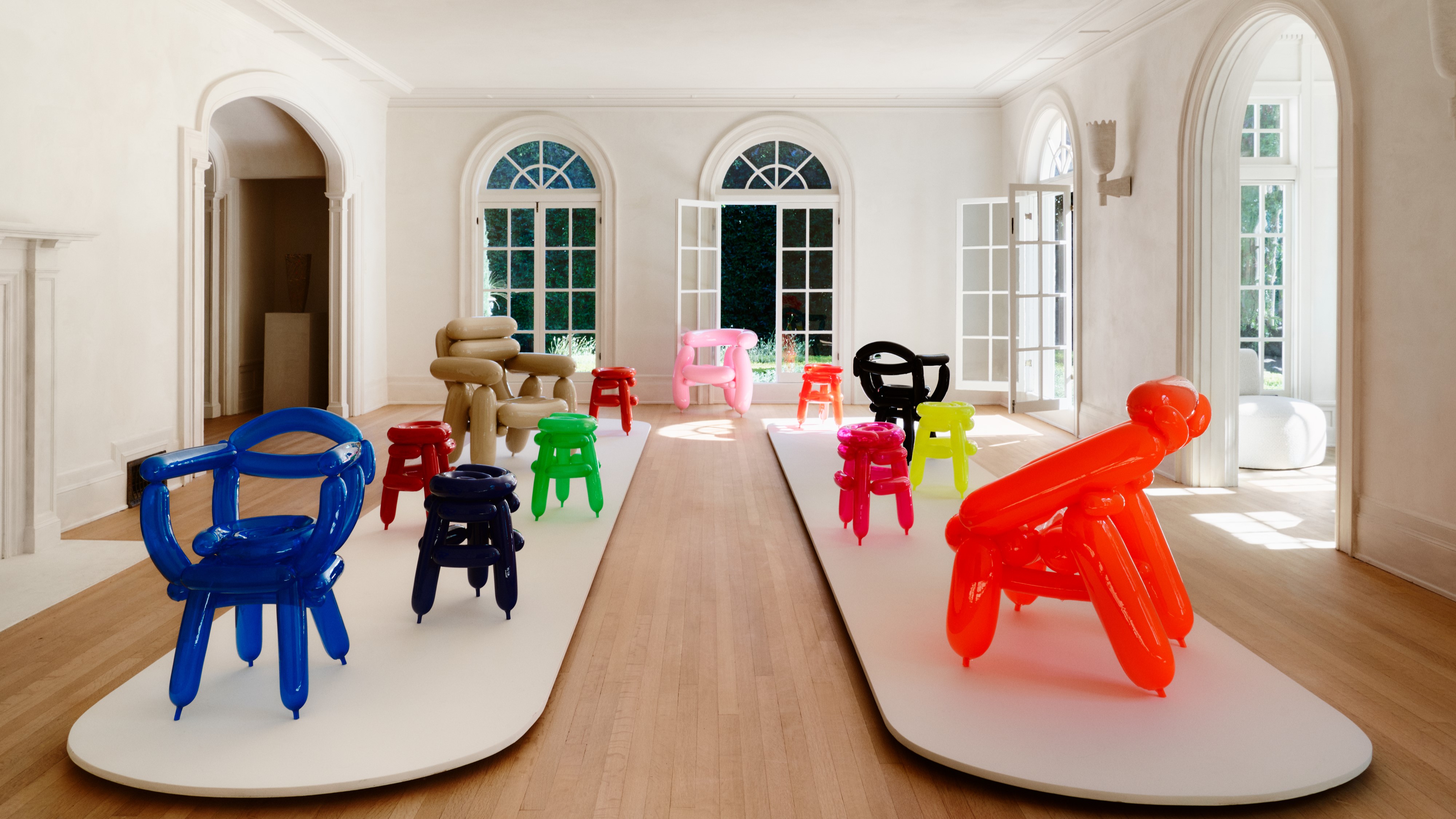
One to Watch: Seungjin Yang's playful and provocative balloon furniture
‘I trained with the architecture practice Assemble at University College London, where one mantra was: “We make the rug, not the picnic”. The idea being that design, whether architecture or furniture, should support the messy reality of everyday life.’
commondesign.co.uk







